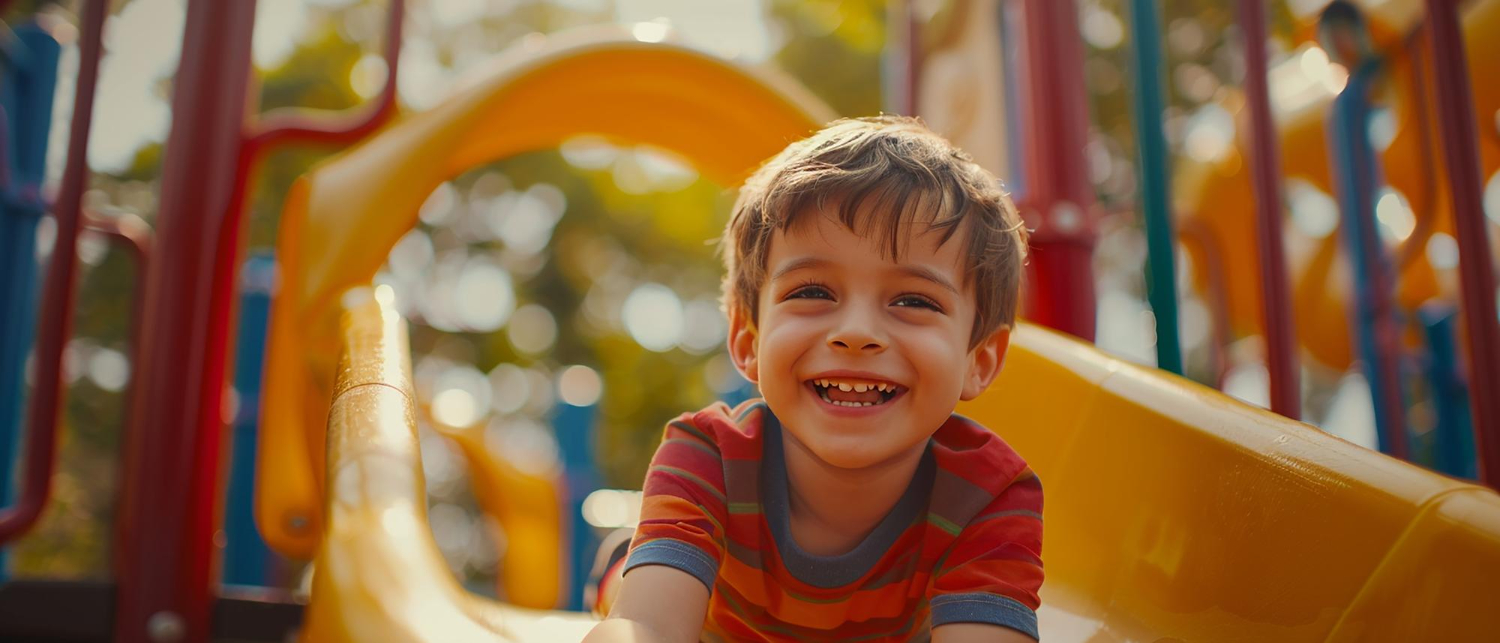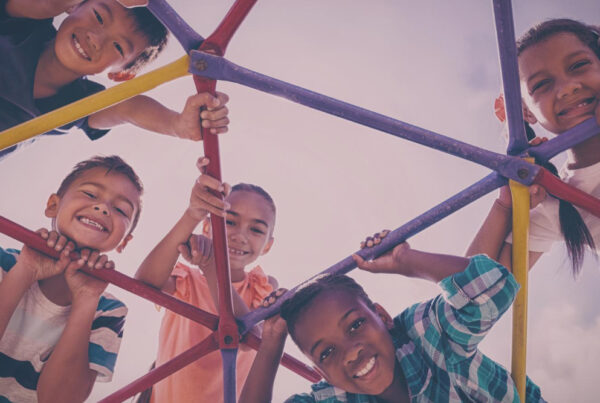Have you ever considered the various occupations your child engages in daily? From playing to learning, self-care to socializing, these activities shape their development. But what happens when challenges arise in these important areas? Pediatric occupational therapy steps in to address sensory issues, motor skill difficulties, emotional regulation, and more. By supporting children in overcoming these obstacles, OTs empower them to thrive in their everyday lives.
Childhood Occupations
Childhood occupations encompass a wide range of tasks that children participate in on a daily basis. From play activities that foster creativity and social skills to self-care tasks, children engage in a variety of meaningful tasks. Educational tasks also become an important component of a child’s daily routine.
Additionally, leisure activities like sports or hobbies provide opportunities for relaxation and enjoyment. Chores and responsibilities are another aspect of childhood activities that help children learn important life skills and contribute to the functioning of their household.
Although most people relate occupations to adults and their jobs, there are many activities that children engage in every day that are also considered occupations. Let’s discuss some of those activities in more detail.
Daily Activities/Occupations Children Perform
In a child’s daily routine, various activities and occupations play an important role in shaping their development and well-being.
- Play: Children engage in playful activities daily as a way to express creativity, engage socially with peers, and stay entertained. Activities like playing with toys, playing tag, or drawing would be categorized within the play occupation.
- Self-care: Activities such as brushing teeth, getting dressed, and combing their hair are considered self-care activities.
- Education: Children partake in educational tasks daily, even before they start school. Educational activities can include puzzles, handwriting tasks, challenging games, reading and more depending on the age of the child.
- Leisure: Sports and hobbies are activities that many children perform. Leisure activities are an occupation for children. Many children have hobbies such as drawing, playing an instrument, playing a sport, and more that fill their time outside of school and home life.
- Chores: Some activities, like chores, are designed to teach children responsibility and independence. It may not seem like an occupation, but chores are a part of many children’s days and should be considered.
As pediatric occupational therapists, we recognize the significance of these daily occupations in a child’s life. By supporting and enhancing these activities, we can help children build essential skills and create strong neural pathways that will benefit them throughout their lives.
Occupational Challenges in Children
As pediatric occupational therapists, we understand the significant impact that occupational challenges can have on a child’s daily life. Sensory processing difficulties and behavioral challenges may make it difficult for children to engage in activities like play and education due to impulse control issues or aggression. Sensory sensitivities, for example, may impact a child’s ability to eat different textures, which in turn may affect their eating habits and self-care occupation. These challenges can also affect social interactions, as children may struggle with sitting still or regulating their behavior, influencing their relationships with peers.
Additionally, the family may experience disruptions in their own occupations as they try to support the child. It’s vital to address these challenges early on to prevent further distress and promote healthy self-esteem.
By understanding and addressing these difficulties, pediatric occupational therapists can help children overcome obstacles and thrive in their daily activities. Let’s look at how a pediatric OT can help children in their occupations in more detail.
What Does a Pediatric OT Do?
Pediatric occupational therapists use your child’s occupations to determine where they may need assistance in order to perform their daily tasks.
OTs help children learn how to play, improve their academic habits and functions, carry out their activities of daily living (ADLs), and more. OTs work closely with the child’s parents, teachers, caregivers, family members, and more to develop a personalized plan for the child to ensure that their particular goals and challenges are being addressed.
Pediatric occupational therapists focus on addressing the function and life skills of children, which, although still considered occupations, are quite different from those of adults. Because the occupations of children are so different from those of adults, pediatric OTs focus on basic skills that can create a baseline framework for the children to build on in the future. The activities and tasks performed with the therapist also tend to be more fun in nature in order to maintain the child’s attention and keep them engaged.
Primary Areas of Focus in Pediatric Occupational Therapy
Shifting from understanding the role of a pediatric occupational therapist, let’s now focus on the primary areas of concentration within pediatric occupational therapy:
- Fine motor skills are used in tasks like grasping and releasing. For example, a child will need to learn to hold and use a pencil, type of a keyboard, use utensils when eating, tying their shoes, etc.
- Hand-eye coordination (visual motor skills) is important for tasks like drawing, using scissors, playing sports, and more.
- Emotional recognition/regulation helps children manage their emotions and responses to different events that may occur throughout their day.
- Self-advocacy skills are important so children know when to ask for help or look up to a mentor to learn a new task or activity.
- Time management becomes an important part of a child’s day as they get into school age as they will have to manage homework, chores, hobbies, sports, and other extracurricular activities.
- Communication skills teach a child how to engage socially with the people around them. This may include other children they play and go to school with, their parents, teachers, and other individuals they meet and interact with on a daily basis.
- Sensory challenges may prevent children from developing health eating habits or challenge them when performing certain activities. OTs work with children to expose them to different textures to help them overcome any sensory challenges they may have developed.
There are many other areas of focus in pediatric occupational therapy that we have not discussed, but these are the primary areas an OT will observe in your child first. Each plan that is developed by an OT is customized to the specific needs of the child. Each child will vary greatly in the challenges they face and the type of care they need to develop the skills necessary to perform their daily activities.
What Activities Are Used for Pediatric OT?
Engaging children in pediatric occupational therapy involves utilizing a variety of fun and interactive activities tailored to their needs and goals. Play-based interventions are key to keeping therapy engaging and motivating for children.
Sensory integration activities and toys help children regulate their responses to sensory input, improving their ability to focus and participate in daily activities. Fine motor activities, such as playing with Play Doh and Legos are essential for developing hand-eye coordination and dexterity, improving their ability to perform tasks like reaching for and grasping.
Daily living skills, such as putting on socks, brushing teeth, or practicing drinking from a cup, are vital for enhancing independence in everyday tasks. Handwriting practice is often incorporated into therapy sessions to improve writing skills and hand strength. By incorporating a mix of activities like these, pediatric occupational therapy can be both effective and enjoyable for children.









